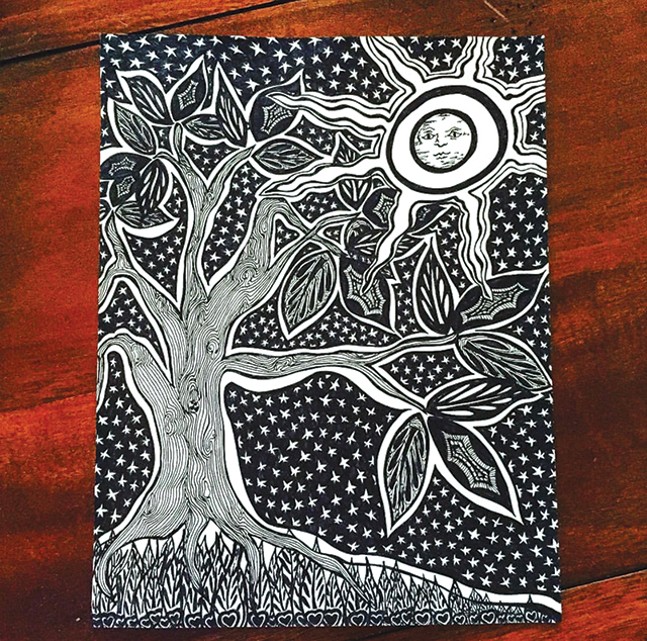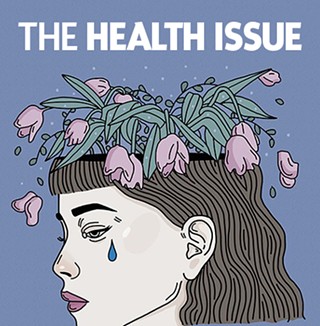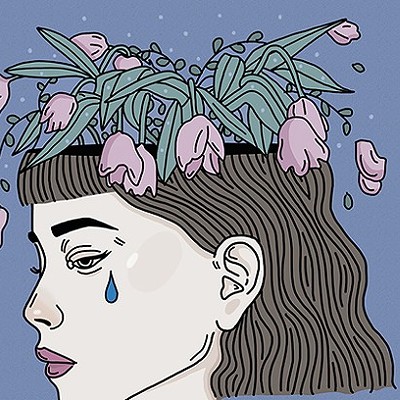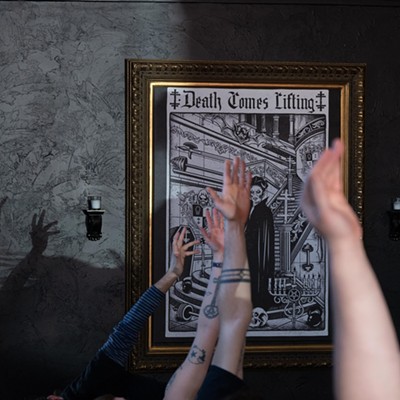Treating mental health takes many forms, from conventional talk therapy and physical activity to homeopathic remedies. But for many, art may hold the answer to feeling better.
The official therapeutic use of art dates back to the 1940s when artist Edward Adamson began working with author Adrian Hill to develop the approach for British patients in mental hospitals. Thanks to pioneering figures like Margaret Naumburg and Edith Kramer, art-making became a legitimate form of therapy for treating children and adults.
For the layman, the term “art therapy” may conjure images of New Age eccentrics draped in big necklaces and caftans, but it actually requires years of study and certification. The nonprofit American Art Therapy Association defines the practice as a “regulated, integrative mental health and human services profession.”
“The American Art Therapy Association takes pride in educating the public, as well as other mental health professions about art therapy, the benefits, and the very specialized training and education required to be a board certified and licensed art therapist,” says Pittsburgh-based licensed art therapist Ann Hines.
Hines has spent over 10 years working with children with Autism Spectrum Disorder, developmental and learning disabilities, and behavioral issues, as well as in various mental health settings, before founding her practice, Heal With Creativity. In her intimate North Hills space, she offers art therapy and counseling services to individuals, families, and couples suffering from depression, anxiety, and other issues.
The AATA website states that patients do not need to be artistically inclined to benefit from art therapy, but should be open to using it to address challenges related to traumatic life events or various disorders, including neurological disorders such as Parkinson’s or cerebral palsy and neurocognitive disorders, such as dementia or Alzheimer’s disease. Studies are currently looking at how art therapy could aid in pain management – especially as an alternative to potentially addictive opioid medications – and improve motor functions.
Many people have already participated in a basic form of art therapy through the popularity of adult coloring books. The trend, which has exploded over the past few years, offers a grown-up version of the kiddie favorite, replacing cartoon characters and cute animals with intricate images or mature subject matter. One Google search brings up everything from books with swirling, complex patterns to a more humorous series of swear word coloring books with titles like Go F*ck Yourself, I’m Coloring.
While adult coloring books may not offer the in-depth services of professional art therapy, they do provide a cheap, accessible way to manage stress and anxiety. In 2015, the AATA weighed in on the topic with a statement saying it supported the use of coloring books for pleasure and self-care, even suggesting that art therapists “might offer coloring books to clients outside of treatment to support focusing and stress reduction.” But, as the AATA stipulates, crayons and paper are not an alternative to supervised care.
“The coloring book phenomenon is helping to reintroduce art as an important component of health and wellness,” the statement concluded. “However, those seeking professional art therapy services are encouraged to consult a credentialed art therapist.”
















